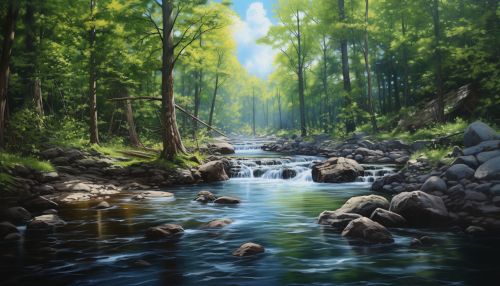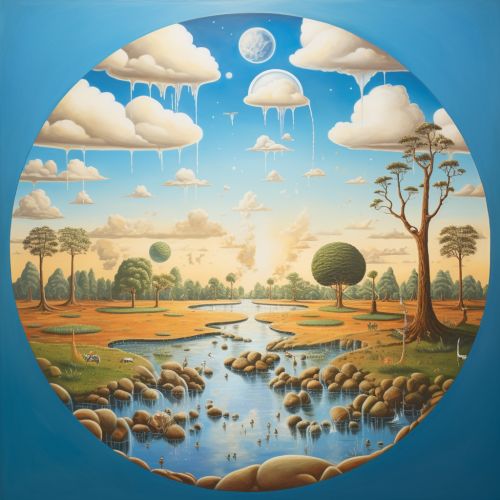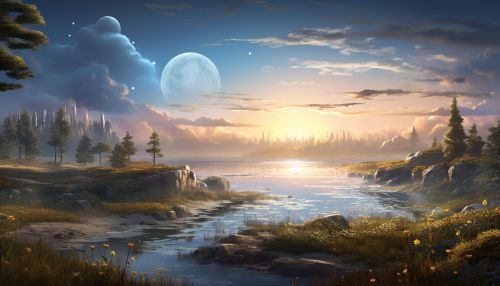Water
Introduction
Water (H2O) is a transparent, tasteless, odorless, and nearly colorless chemical substance, which is the main constituent of Earth's hydrosphere, and the fluids of most living organisms. It is vital for all known forms of life, even though it provides no calories or organic nutrients. Its chemical formula H2O, indicates that each of its molecules contains one oxygen and two hydrogen atoms, connected by covalent bonds.


Properties
Water is a liquid at standard ambient temperature and pressure, but it often co-exists on Earth with its solid state, ice, and gaseous state, steam (water vapor). It also exists as snow, fog, dew, and cloud. Water covers 71% of the Earth's surface, mostly in seas and oceans. Small portions of water occur as groundwater (1.7%), in the glaciers and the ice caps of Antarctica and Greenland (1.7%), and in the air as vapor, clouds (formed of ice and liquid water suspended in air), and precipitation (0.001%).
Physical Properties
Water differs from most liquids in that it becomes less dense as it freezes. In its solid form, ice, water is less dense than when it is liquid, as the distance between the hydrogen and oxygen atoms increases during the freezing process. This expansion can exert enormous pressure, enough to break open rocks and crack the engines of cars, if their coolant water freezes.
Chemical Properties
Water is a good polar solvent, that dissolves many salts and hydrophilic organic molecules such as sugars and simple alcohols such as ethanol. Water also dissolves many gases, such as oxygen and carbon dioxide—the latter giving the fizz of carbonated beverages, sparkling wines and beers.
Water and Life
Water plays an important role in the world economy, as it functions as a solvent for a wide variety of chemical substances and facilitates industrial cooling and transportation. Approximately 70% of the fresh water used by humans goes to agriculture.


Water Cycle
The water cycle involves the exchange of energy, which leads to temperature changes. When water vapor condenses into liquid water, energy is released. Conversely, when water evaporates, energy is absorbed. This energy exchange is most obvious in the process of evaporation and condensation, but it also takes place during melting, freezing, and sublimation.
Water Treatment
Water treatment is the process of improving the quality of water to make it more acceptable for a specific end-use. The end use may be drinking, industrial water supply, irrigation, river flow maintenance, water recreation or many other uses, including being safely returned to the environment.
Water Pollution
Water pollution is the contamination of water bodies, usually as a result of human activities. Water pollution can be detrimental to human and environmental health. Water is typically referred to as polluted when it is impaired by anthropogenic contaminants and either does not support a human use, such as drinking water, and/or undergoes a marked shift in its ability to support its constituent biotic communities, such as fish.
